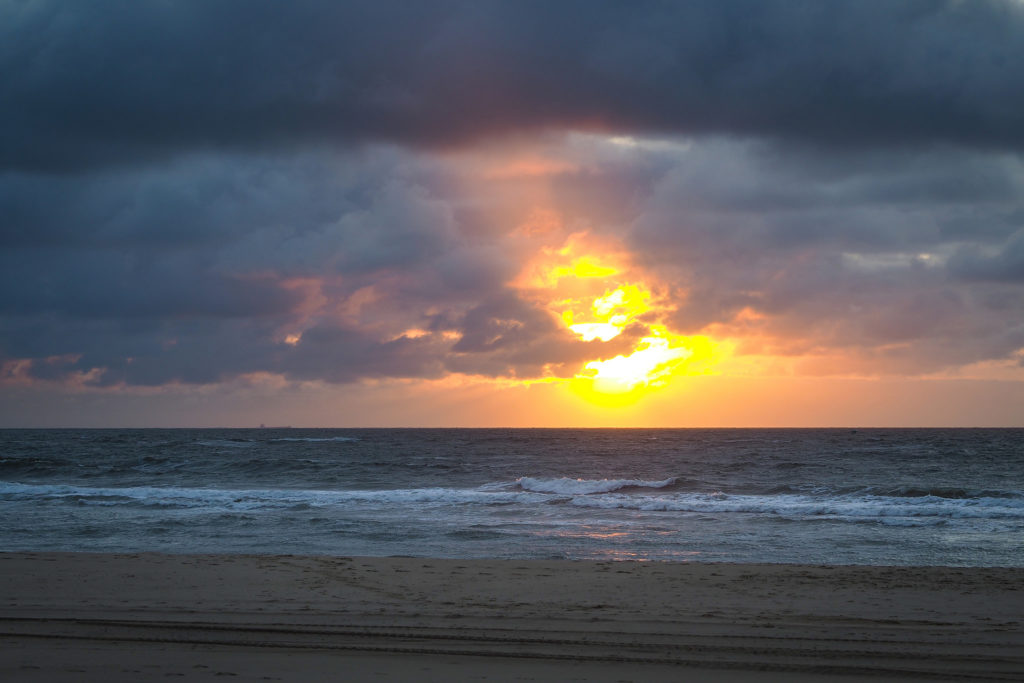
Travel to The Netherlands and get close to nature in one of the last destinations in which wildlife has survived the evolution of the country. Admire open spaces, migratory birds, dunes, marshes, the sea and the wonderful islands that make up the West Frisian Islands, and you will find out why people can’t get enough of this place and return every year.
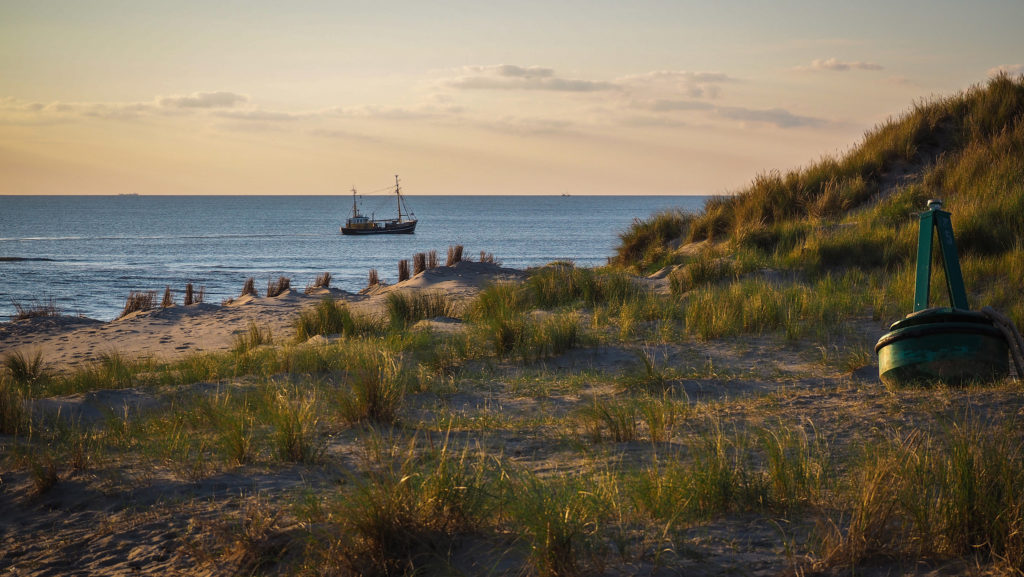
If you head to the north of The Netherlands, you will find the West Frisian Islands, five long, thin islands positioned one after the other in a perfect line, and standing out among the remnants of Waddenzee; sand dunes that once stretched from France to Denmark. On the far left, starting the formation, stands Texel being the largest of the five.
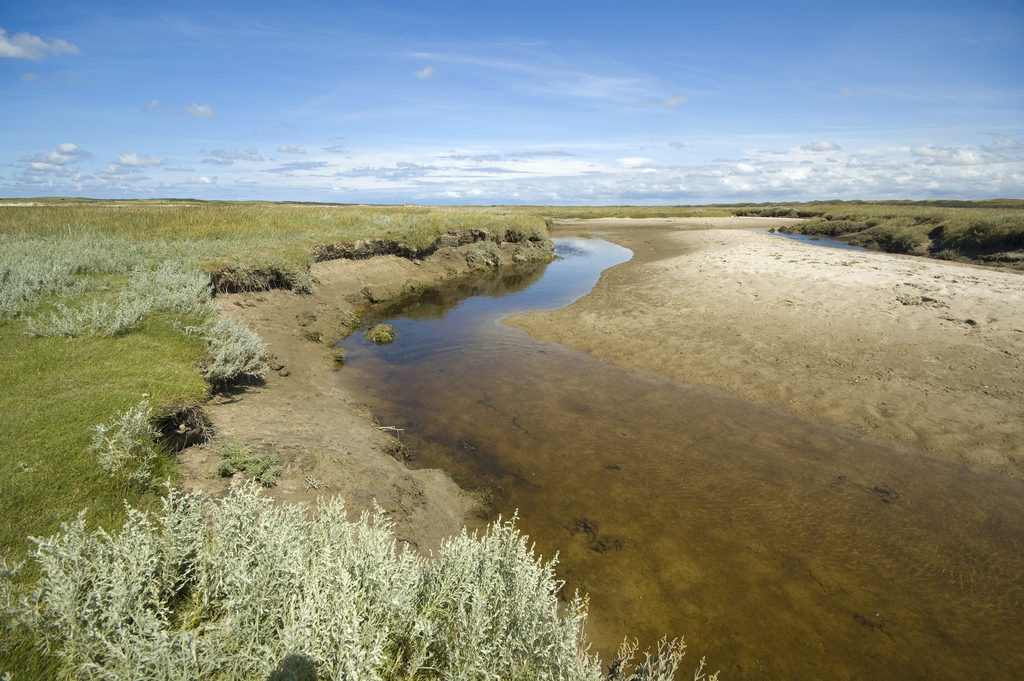
Texel, pronounced like Tessel, is an authentic paradise for beach lovers. It extends for 160 square kilometers and has about 13,000 islanders, distributed in the 7 villages of the island, one increasingly more beautiful than the last and holding incredible natural areas. You will be able to observe the sheep in the pastures in the central lands, with the contrast of the surrounding coast, in addition to marshes and coastal polders, as well as enormous white sand dunes.
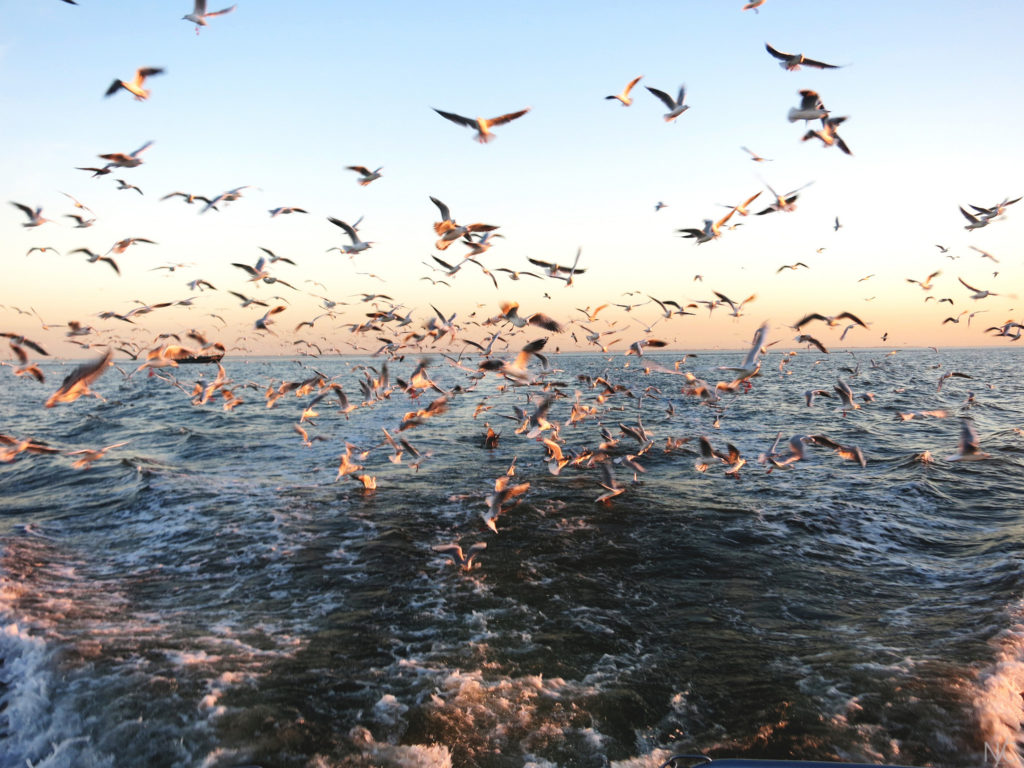
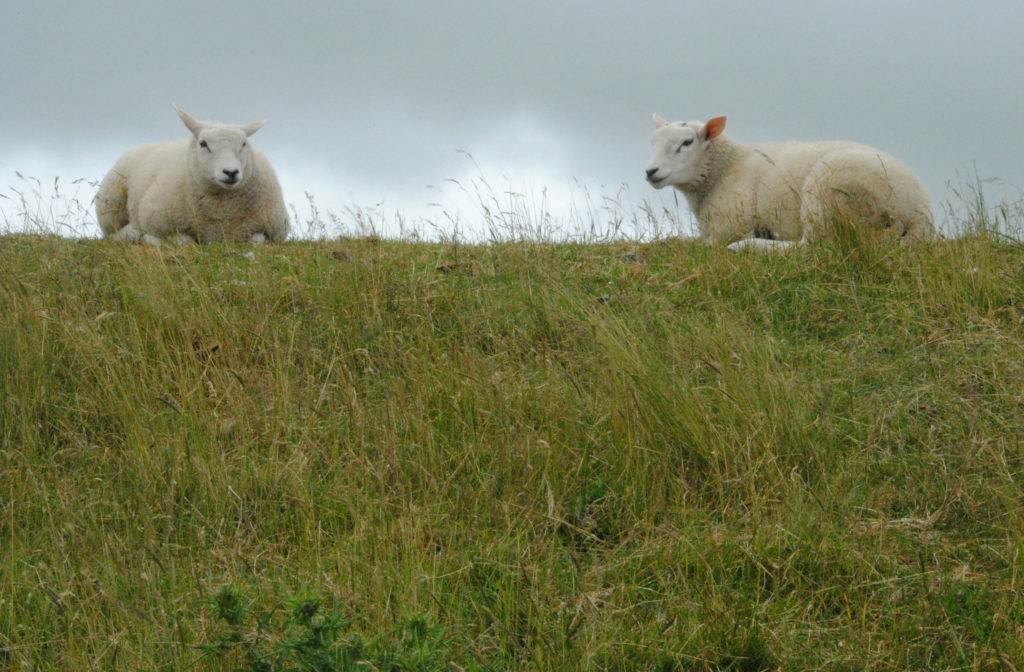
In the coasts, the low tides allow you to see the acres of wadden clearly, mudflats that harbor fish, seals and thousands of seabirds that congregate in this place during their routes of migration and to nest, attracted by the shellfish and worms that feed off the nutrients on the mud.
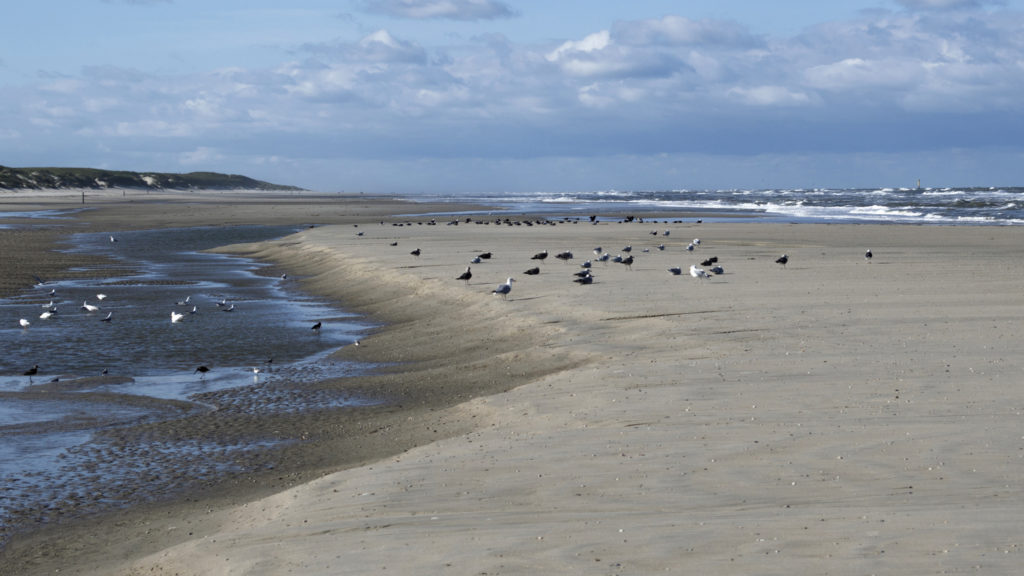
On this island, you can visit the De Slufter natural reserve, made of 15,000 hectares of marshes. The tide rises twice a day to the streams and covers salt-tolerant plants, such as the sea lavender and the samphire. On the island you can find Spoonbills and avocetos.
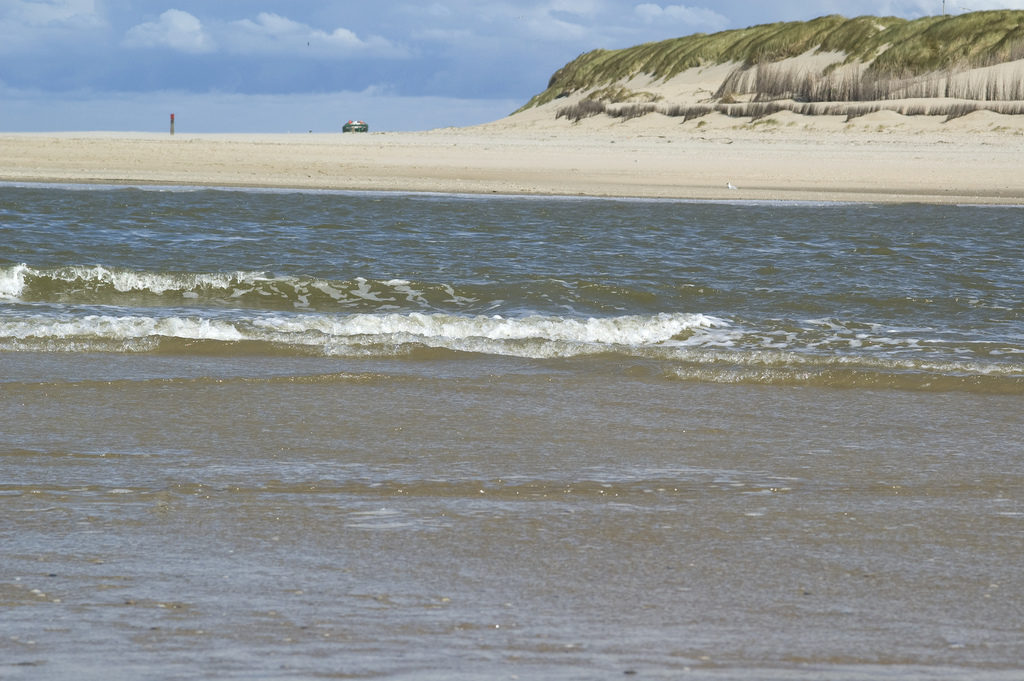
You can definitely not miss the incredible views of the sea, you just have to climb the 153 stairs of the imposing Texel red lighthouse, located in the most northern part of the island, being one of the 2 emblems of the place, besides the thousands of sheep. This lighthouse is 150 years old, while you climb you will learn about its history and importance to the island.
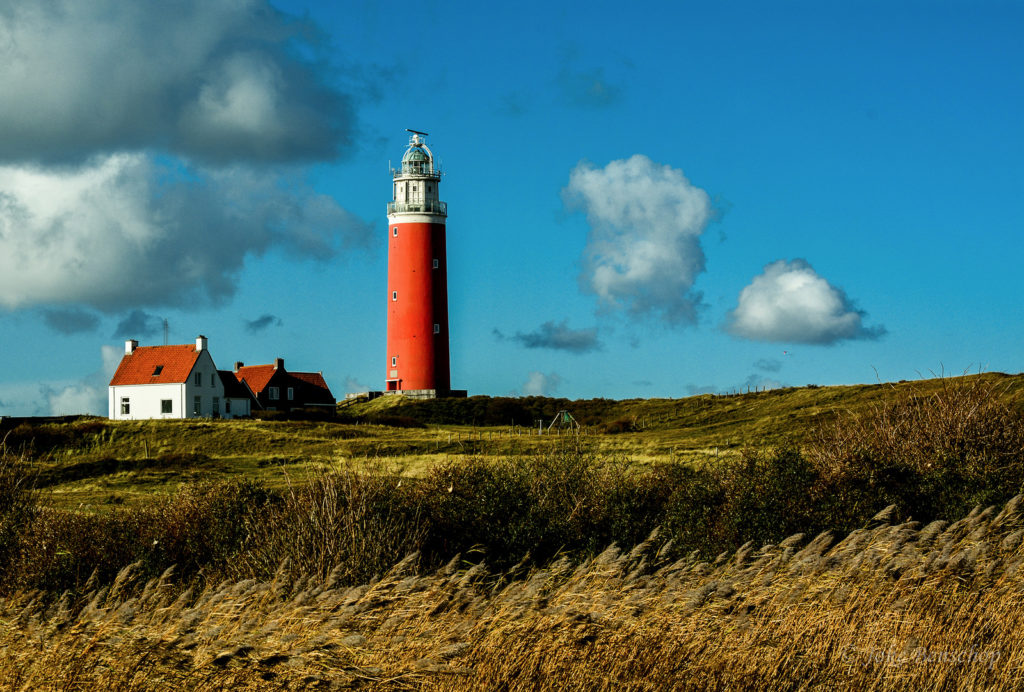
The force of the sea has been gradually pushing the island towards the south side, it has been carrying the sand in a shocking and unstoppable way. This situation has tried to be avoided by humanity, with dams, dikes, and seawalls; a fight against the imposing nature that has lasted for over 700 years.
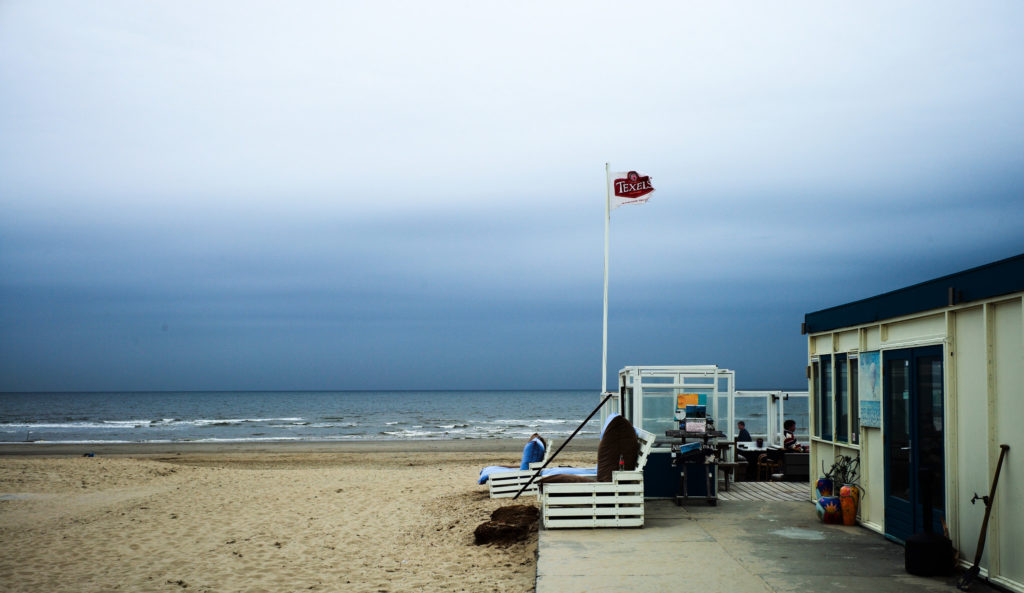
Extreme sports have become quite common in Texel. If you’re daring, you can jump out of a parachute and see the island from above while you’re falling through the clouds. If you’re a little more reserved, you can just take a plane ride and admire the island from the sky, or from the sea on a catamaran. In addition, other activities can be practice while you stay in the island, such as horse riding, surfing and kitesurfing, sailing, canoeing, flyboarding, golf, bird watching, mud riding (wadlopen), and the island even has a wide network of bicycle lanes.
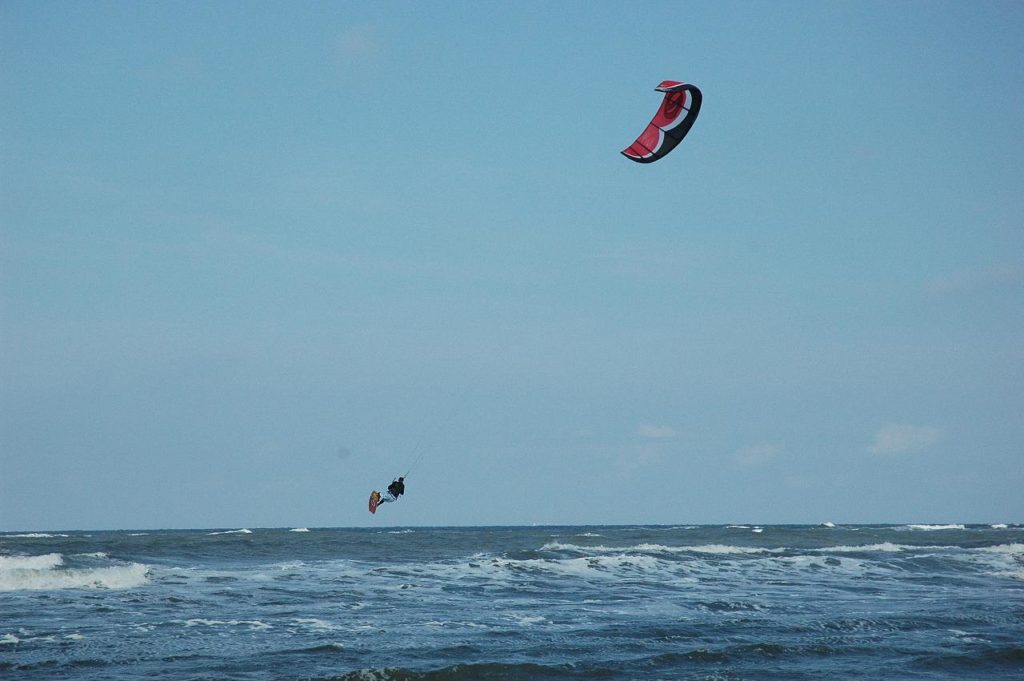
When to Go
Texel is mostly visited in summer (late May to early September). With bird migrations peaking in Auqust. The warm months are most conducive to the outdoor activities on offer, including guided tours of the mudflats, Winters can be bitterfly cold.
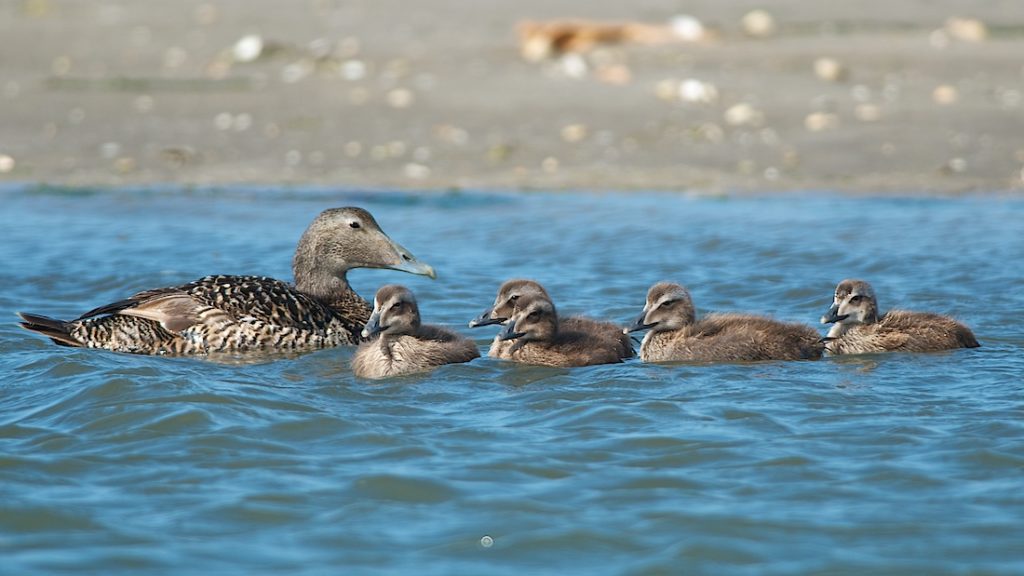
How to Find lt
Texel is linked to the mainland port of Den Helder by a car and passenger ferry, which leaves every hall hour from 6 am. to 9:30 p.m. No reservations necessary.
Planning
There is a full range of accommodations, including hotels, bed and breakfast. Hollday cottages, and campsites. Although cars are permitted. Many visitors prefer to travel by bicycle, on foot, or on horseback.
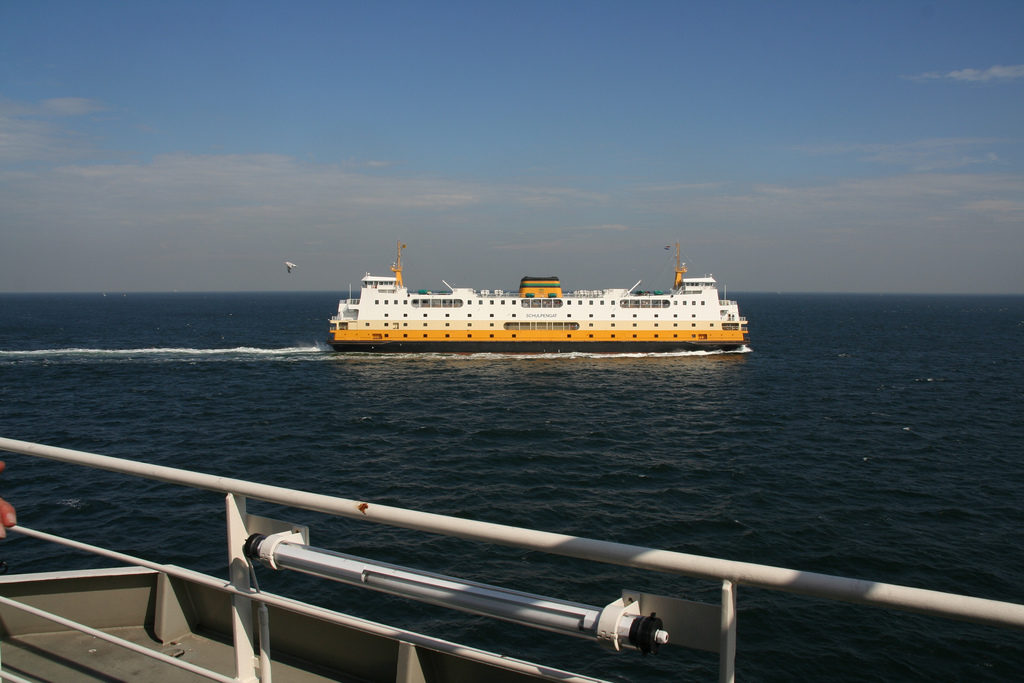
If you loved this article or found it useful, don’t forget to share it with your adventurous and travel-hacking friends! If you want more post like this, follow us on Youtube, Instagram, Pinterest, Twitter or Facebook and subscribe to our newsletter!

